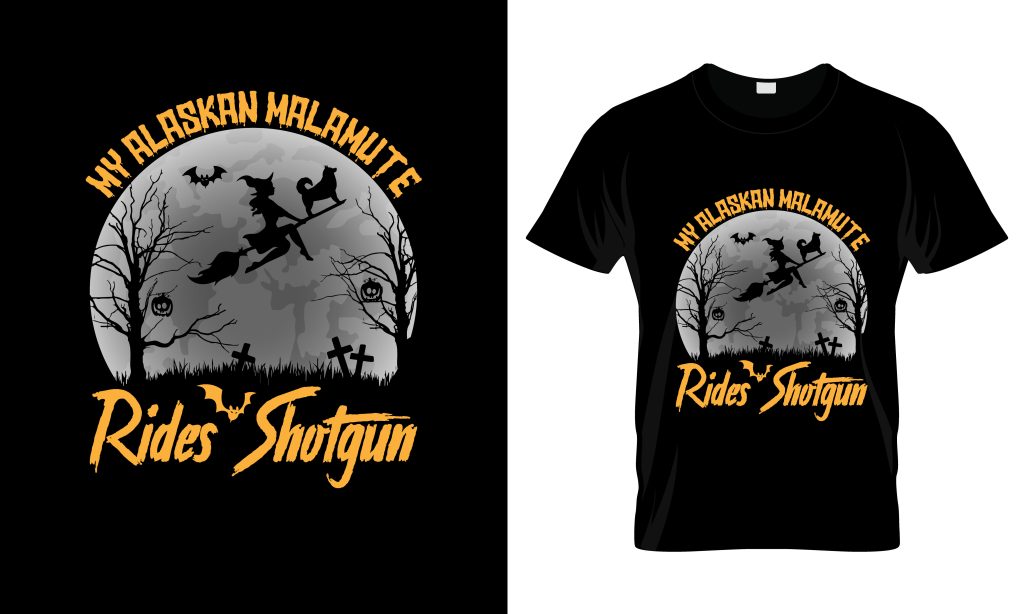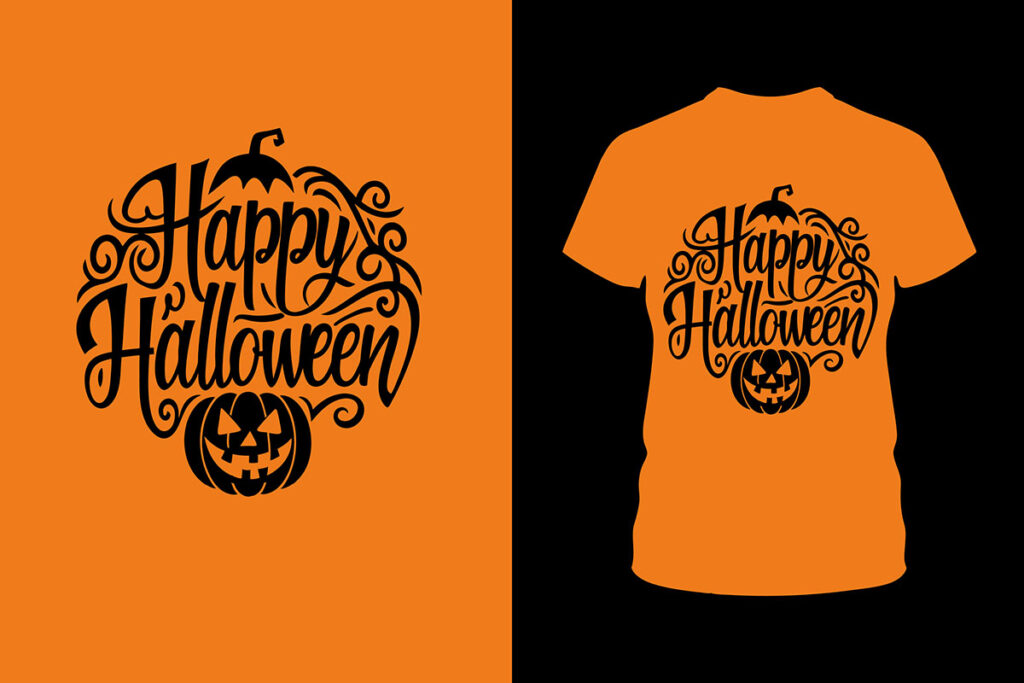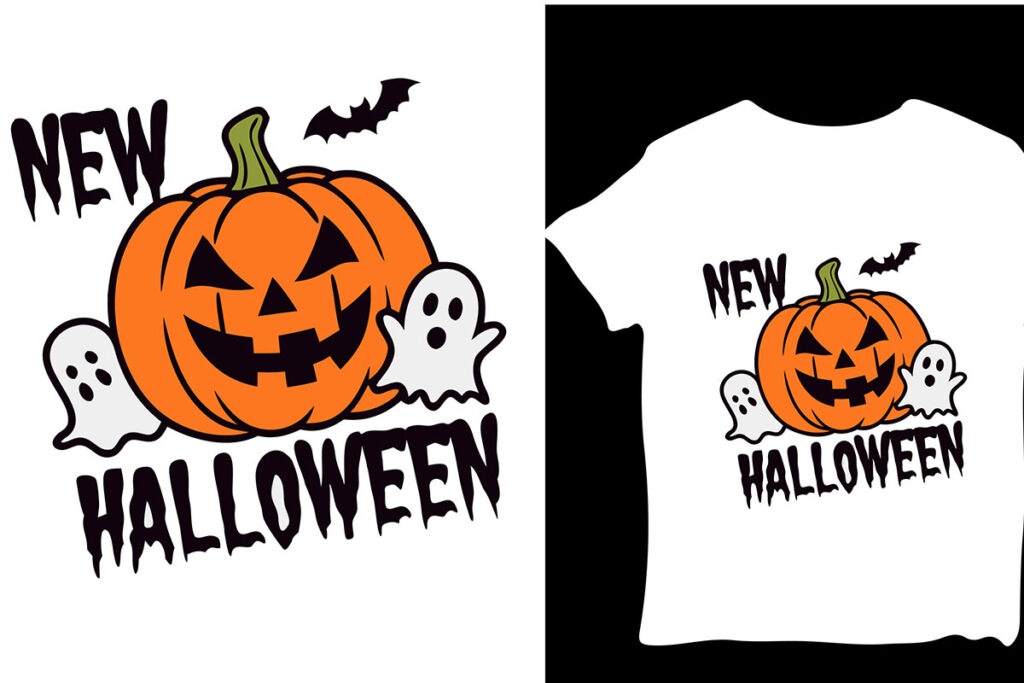DTF transfers, or Direct-to-Film transfers, are transforming the way custom designs are applied to fabrics, delivering eye-catching prints with remarkable quality. This innovative printing method allows for colorful, detailed artwork to be transferred onto clothing and accessories, making it a favorite among businesses and DIY enthusiasts alike. Understanding the best materials for DTF transfers is essential for achieving stunning and durable final products. Options such as cotton polyester blends and eco-friendly transfer materials not only enhance the vibrancy of printed designs but also cater to a more sustainable approach in fashion. As we dive deeper into the world of DTF printing techniques, we’ll uncover the ideal fabrics that ensure your creations stand out while lasting through countless washes.
Direct-to-Film printing represents a groundbreaking alternative in the realm of garment decoration, providing exceptional versatility and color precision. Known for its ability to handle a range of textiles, this printing process is particularly effective on various DTF transfer fabrics, ensuring replicas of original designs maintain their integrity. The process utilizes specialized films to achieve vibrant outcomes on both light and dark materials, making it a sought-after choice for professional results. As we explore the optimal fabric choices for these transfers, it’s imperative to look at factors like composition, including cotton and polyester blends, to maximize the quality and environmental benefits of your projects. In this discussion, we’ll highlight the significance of selecting high-quality materials that perform beautifully with DTF transfers, paving the way for superb garment printing.
Understanding DTF Transfers and Their Versatility
Direct-to-Film (DTF) transfers have made significant strides in the garment printing industry, thanks to their ability to produce vibrant, high-quality prints across a wide variety of fabrics. This advanced printing technique involves the application of heat to transfer a printed image from a specially coated film to the fabric, making it essential to choose the right substrate for impressive results. The flexibility of DTF transfers allows printmakers to explore different surfaces, ranging from cotton to polyester and blends, enabling them to cater to various design needs and aesthetics.
What makes DTF transfers particularly appealing is their compatibility with intricate designs and bold color palettes. Users can achieve stunning results on both light and dark materials, enhancing the visual impact of the printed artwork. As the demand for custom prints in the garment industry grows, DTF offers an efficient and reliable solution for creators aiming to make a statement with their designs.
Top Fabric Choices for DTF Transfers
When it comes to DTF transfers, textile selection is paramount. Cotton stands out as one of the best materials due to its natural fiber properties, which allow for excellent ink absorption. This results in rich, vibrant colors that catch the eye and enhance the overall look of the garment. Additionally, cotton’s breathability and softness ensure comfort, making it a preferred choice for t-shirts and casual wear.
Polyester, on the other hand, delivers durable prints that resist fading over frequent washes, making it ideal for items that require longevity. The synthetic nature of polyester allows it to hold bold colors exceptionally well, which is perfect for complex designs. Cotton-polyester blends further optimize the benefits of both fabrics, combining the softness of cotton with the durability of polyester, ensuring both comfort and brilliant print quality.
Lastly, when printing on dark fabrics, the use of white ink in DTF transfers is a game changer. A white ink base not only enhances color vibrancy but also improves visibility, allowing for unique designs that truly pop against darker backgrounds.
Preparing Materials for DTF Transfers
Proper preparation of materials is crucial to achieving high-quality DTF transfers. Pre-treatment is an essential process that involves washing garments to eliminate any chemical residues or finishes that could disrupt adhesion. This seemingly minor step significantly impacts the durability and color vibrancy of the final product, leading to more professional results.
In addition to pre-treatment, paying close attention to heat press settings plays a vital role in ensuring successful transfer applications. Setting your heat press to around 350°F with a pressure of 40 psi for 10 to 15 seconds facilitates proper ink adherence to the fabric. Once the transfer has been applied, allowing it to cool before peeling the film is key to achieving a clean and crisp finish.
Layering Techniques for Complex DTF Designs
Layering techniques are essential when creating intricate DTF designs as they enable detailed artwork to stand out effectively. By applying multiple layers, designers can enhance depth and definition, which is particularly beneficial for complex graphics. However, it’s imperative to allow each layer to cool between applications to avoid merging, which could diminish clarity and impact.
Timing is another crucial component during this process. Each layer requires proper adherence time before the next is added, and careful attention to timing can greatly influence the quality of prints. Maintaining a systematic approach allows for artistry to thrive while ensuring that all design elements maintain their intended visual integrity.
Exploring Specialty Transfers and Foil Techniques
Incorporating specialty transfers can elevate your DTF projects to new heights. Adding metallic foils, such as gold or silver, to select portions of your design not only increases visual richness but also introduces an element of sophistication and uniqueness. However, it is essential to use compatible foil adhesives to achieve successful activation and prevent damage to the underlying transfer.
Foil applications can help highlight specific aspects of your artwork, drawing attention and adding dimension. This technique pushes the boundaries of standard DTF applications, allowing creatives to experiment and realize their artistic visions while offering customers something truly special and customized.
The Importance of Eco-Friendly Materials in DTF Transfers
As environmental consciousness rises within the textile industry, it’s crucial to explore sustainable options that work harmoniously with DTF transfers. Eco-friendly materials are becoming more readily available, allowing designers to prioritize sustainability without compromising quality or aesthetics. Hemp, organic cotton, and recycled polyester blends are just a few examples of fabrics that align with eco-conscious practices while providing excellent results for DTF printing.
Utilizing eco-friendly transfer materials not only helps reduce environmental impact but also appeals to a growing demographic of consumers who value sustainability in their purchases. By choosing eco-conscious textiles, printmakers can promote ethical practices within their business model while still delivering vibrant, durable, and stunning prints.
Frequently Asked Questions
What are the best materials for DTF transfers?
The best materials for DTF transfers include cotton, polyester, and cotton-polyester blends. Cotton absorbs ink well, resulting in vibrant colors, while polyester offers durability and resistance to fading. Cotton-polyester blends combine the soft feel of cotton with the vividness of polyester, making them an excellent choice for DTF printing.
Can DTF transfers be used on different types of fabrics?
Yes, DTF transfers are versatile and can be used on a variety of fabrics, including cotton, polyester, and blends. However, the material choice significantly influences print quality and durability, so selecting the right fabric is essential for achieving optimal results.
How do cotton-polyester blends improve DTF transfer quality?
Cotton-polyester blends improve DTF transfer quality by combining the softness and comfort of cotton with the vibrant color retention and print durability of polyester. This 50/50 blend is highly recommended for individuals seeking comfortable garments with striking and long-lasting prints.
What are eco-friendly transfer materials for DTF printing?
Eco-friendly transfer materials for DTF printing include sustainable fabrics that minimize environmental impact while allowing for high-quality prints. Many manufacturers now provide eco-conscious options that work seamlessly with DTF transfers, supporting sustainable fashion trends.
What preparation techniques are best for DTF transfer fabrics?
To prepare fabrics for DTF transfers, always prewash garments to eliminate any chemicals that may hinder adhesion. Setting the correct heat press temperature, around 350°F, and applying pressure for 10 to 15 seconds are also crucial preparation techniques to ensure the durability and clarity of the prints.
What DTF printing techniques enhance design quality?
DTF printing techniques such as layering and the use of white ink on dark fabrics enhance design quality. Layering allows for depth and detail in complex designs, while white ink serves as a base to ensure bright colors stand out on darker materials. Proper timing and cooling between layers are also essential to maintain design integrity.
| Key Points | Details |
|---|---|
| Introduction to DTF Transfers | DTF transfers involve a print process on a special film, transferable to fabrics with heat. |
| Essential Fabric Choices | 1. Cotton – Natural, vibrant, soft. 2. Polyester – Durable, vivid, complex designs. 3. Cotton-Polyester Blends – Comfort and vibrant prints combined. 4. Dark Fabrics and White Ink – Enables printing on dark materials. |
| Material Preparation Techniques | Prewash garments and correctly set heat press (350°F, 40 psi, 10-15 seconds) for optimal results. |
| Layering for Complex Designs | Cool between layers and monitor timing to maintain clarity of designs. |
| Specialty Transfers and Foil Applications | Adding foils can enhance designs but requires compatible adhesive. |
| Exploring Sustainable Options | Eco-friendly fabrics are becoming available for DTF transfers. |
Summary
DTF Transfers offer a modern approach to garment printing, revolutionizing how vibrant designs are applied to various fabrics. The right materials are essential for achieving exceptional quality and durability in your final products. Fabrics such as cotton, polyester, and blends not only ensure vibrant color outputs but also enhance comfort. Furthermore, effective preparation, like prewashing and precise heat settings, alongside layering techniques and the integration of specialty applications can significantly improve results. As the industry leans towards sustainability, exploring eco-friendly fabric options opens new avenues for responsible printing practices. Embracing these insights will guide both novices and professionals in maximizing the potential of DTF transfers, ensuring prints meet the highest standards.



